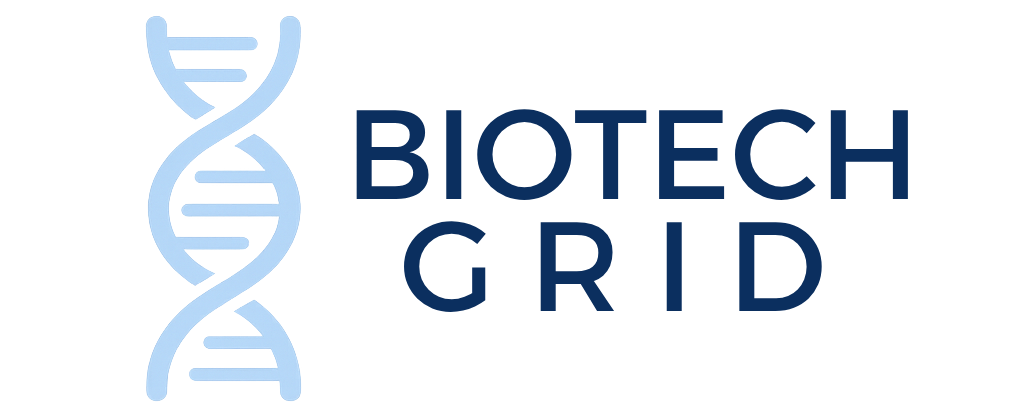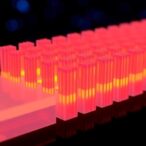
In the ever-evolving exploration of human perception and balance, recent advances have been made in understanding and mitigating one of the most common yet vexing afflictions: motion sickness. A groundbreaking study by Allred, Gopinath, and Clark, soon to be published in Communications Engineering, presents compelling evidence that not only validates the longstanding sensory conflict theory but also introduces a novel mitigation technique using galvanic vestibular stimulation (GVS). This approach could revolutionize how we manage motion sickness, with profound implications for everything from daily commuting to space travel.
Motion sickness has baffled scientists and physicians for centuries, presenting a unique set of physiological and neurological challenges. Classic symptoms such as nausea, dizziness, and disorientation arise when the brain receives conflicting signals from the vestibular system, visual input, and proprioceptive feedback. The sensory conflict theory, which postulates that motion sickness results from mismatched information between sensory modalities, has served as the predominant explanatory model. However, direct experimental validation in human subjects has remained elusive until now.
The research team, led by A.R. Allred and colleagues, embarked on a rigorous investigation to empirically demonstrate the sensory conflict theory’s validity in human subjects undergoing motion-induced discomfort. Their approach centered around galvanic vestibular stimulation, a technique involving the application of low-amplitude electrical currents to the mastoid processes behind the ears, providing artificial stimulation of the vestibular apparatus. By manipulating vestibular input in controlled experimental settings, the researchers could simulate or counteract the sensory mismatch thought to underlie motion sickness.
Among the most compelling facets of this study is the precision with which GVS was applied and monitored. Using a state-of-the-art neuromodulation system, the team calibrated stimulation parameters tailored to individual vestibular sensitivity profiles. This allowed them to modulate vestibular signals dynamically in real-time, thereby experimentally inducing or alleviating the sensory conflict responsible for motion sickness symptoms. Such personalized modulation marks a significant departure from previous, more generalized stimulation techniques.
The experimental design involved exposing participants to motion environments replicating conditions that commonly induce motion sickness, such as simulated vehicle movement and virtual reality setups. During these exposures, subjects received carefully timed GVS pulses designed either to exacerbate or reduce the sensory mismatch. Physiological metrics such as heart rate variability, galvanic skin response, and subjective nausea ratings were recorded alongside vestibular-evoked myogenic potentials to gauge vestibular engagement.
Data analysis revealed a clear correlation between the degree of sensory conflict and symptom severity, providing the first robust experimental validation of the sensory conflict theory in humans. More notably, targeted application of GVS significantly attenuated motion sickness symptoms in participants, sometimes reducing nausea ratings by over 50%. This finding is a pivotal development, suggesting that GVS not only serves as an investigative tool but also holds therapeutic potential.
Beyond its clinical implications, this study opens new avenues for enhancing human-machine interfaces and immersive environments. Virtual and augmented reality technologies, which often provoke discomfort in users, stand to benefit dramatically from integrated GVS systems that adapt vestibular input to minimize sensory incongruence. This could usher in a new era of comfortable, seamless immersion in digital worlds, with applications spanning entertainment, education, and professional training.
Importantly, the research also addresses safety considerations associated with GVS. The low current amplitudes used fall well within established safety guidelines, and no adverse effects were reported. This underscores the feasibility of implementing GVS in wearable or portable formats for everyday use, possibly embedded within consumer devices or vehicle seats to provide real-time mitigation of motion sickness during travel.
The study further elucidates the underlying neurophysiological mechanisms mediating sensory conflict. Neural recordings and modeling indicate that GVS influences the firing patterns of vestibular hair cells and afferent nerve fibers, thereby recalibrating central processing circuits responsible for integrating multisensory information. These insights enhance our mechanistic understanding of how sensory systems coordinate to maintain balance and orientation, and how their disruption leads to discomfort.
Moreover, the research team discusses the potential for extending these findings to spaceflight, where astronauts frequently experience vestibular disturbances and motion sickness due to microgravity. GVS could serve as a countermeasure, facilitating adaptation to altered gravitational environments and improving astronaut well-being during missions. Such applications highlight the broader impact of this work beyond terrestrial settings.
The authors also speculate on future research directions, including combining GVS with other sensory modulation techniques such as auditory or proprioceptive stimulation to further refine motion sickness interventions. Integrating machine learning algorithms to personalize stimulation parameters dynamically based on real-time physiological feedback represents an exciting frontier poised to maximize therapeutic efficacy.
This pioneering work exemplifies interdisciplinary collaboration, synthesizing expertise in neuroscience, bioengineering, and human factors to tackle a pervasive health issue. The precision and innovation demonstrated set a new benchmark for experimental studies in sensory physiology and neuromodulation, promising to inspire subsequent research and development.
As the paper enters the public sphere, it is likely to attract widespread attention not only from academic circles but also industries invested in transportation, virtual reality, and human performance enhancement. The prospect of effectively mitigating motion sickness through a non-pharmacological, user-friendly method could transform user experiences and societal productivity by reducing discomfort-related downtime.
In conclusion, the validation of sensory conflict theory through direct manipulation of vestibular inputs using galvanic vestibular stimulation marks a watershed moment in motion sickness research. Allred, Gopinath, and Clark’s work not only deepens our scientific understanding but also delivers a tangible solution with far-reaching applications. The promise of a future where motion sickness can be managed or even prevented with a simple, wearable device is now closer than ever.
As technology continues to evolve and our environments become increasingly multisensory, harnessing the brain’s plasticity through precise neuromodulatory interventions like GVS holds the key to overcoming sensory-induced discomfort. This study is a testament to the power of innovative science to improve human health and experience in profound ways.
Subject of Research: Validation of sensory conflict theory and mitigation of motion sickness in humans using galvanic vestibular stimulation.
Article Title: Validating sensory conflict theory and mitigating motion sickness in humans with galvanic vestibular stimulation.
Article References:
Allred, A.R., Gopinath, A.R. & Clark, T.K. Validating sensory conflict theory and mitigating motion sickness in humans with galvanic vestibular stimulation. Commun Eng 4, 78 (2025). https://doi.org/10.1038/s44172-025-00417-2
Image Credits: AI Generated
Tags: advancements in motion sickness researchconflicts between sensory modalitiesempirical research on motion sicknessgalvanic vestibular stimulation techniquehuman perception studiesimplications for space travel and commutinginnovative approaches to balance disordersmotion sickness managementneurological challenges of motion sicknessphysiological symptoms of motion sicknesssensory conflict theory validationvestibular system and perception



